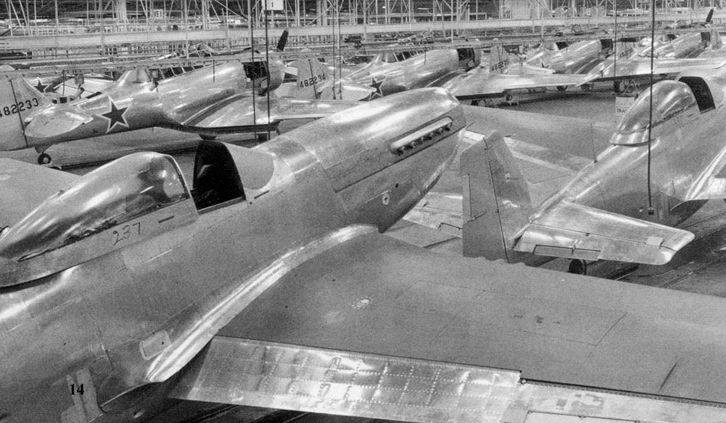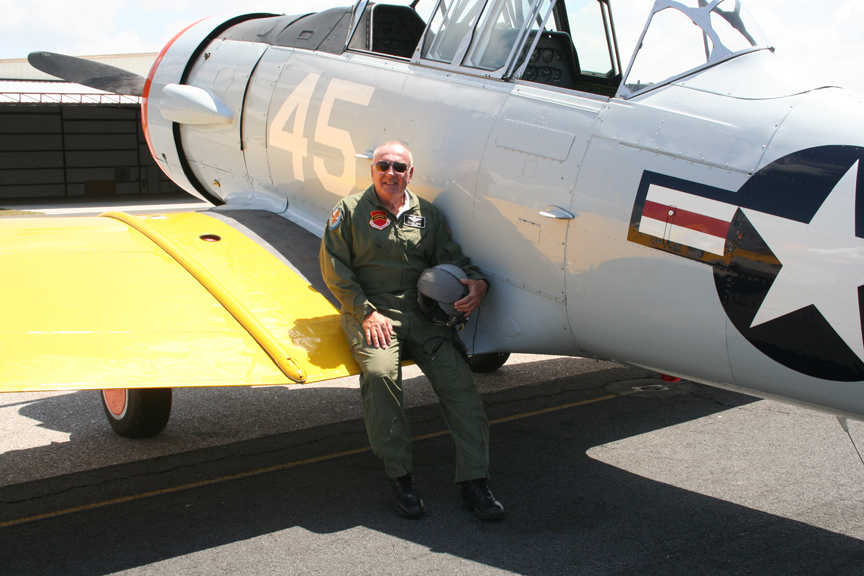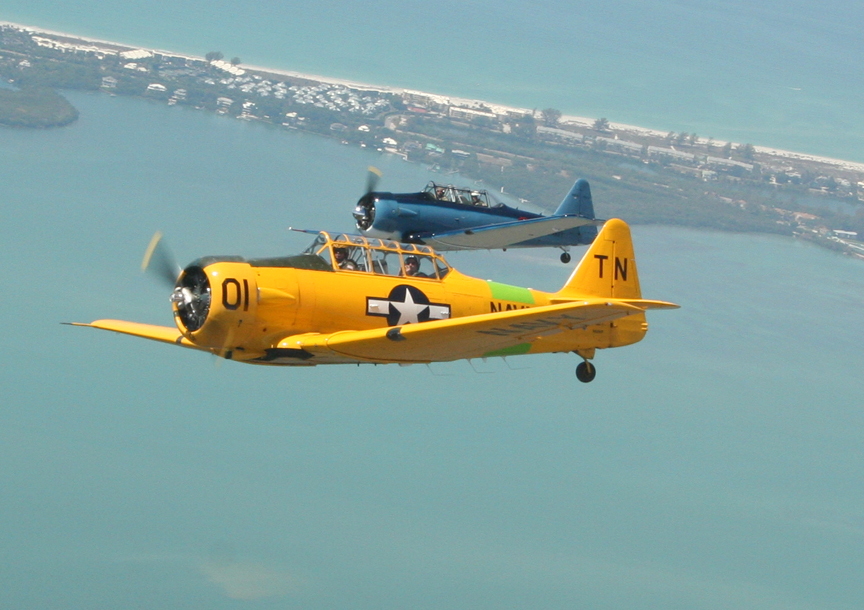Why the North American T-6 Texan?

North American Plant – Dallas Texas
Why not write a story about the glamor of the Fighters of WWII? The North American P-51 Mustang, The Curtiss P-40 Warhawk, or the Vought F4U Corsair, to name a few?
Why the T-6 you might ask? Well, because…
The North American T-6/SNJ was the aircraft that all those pilots learned to fly BEFORE stepping into almost ANY aircraft in WWII and Korea.
It was, and still is, called the “Pilot Maker.” Even today, if you should be so inclined, and financially able, to purchase a million or multi-million-dollar War Bird, you will usually get some time in a T-6/SNJ.
Since there were no two-seat fighter/trainers back in the late 30s early 40s, an aircraft with the flight, takeoff and landing characteristics of a high performance aircraft was needed to train the pilots. The North American T-6 won the contract and fit the bill.
The T-6 Texan, nicknamed so because it was built in Dallas, Texas, “Just up the road a piece” from this writer’s home, went on to train pilots all over the globe. Many nations have trained their pilots with some variant of the “Pilot Maker.” It was the trainer used to train the infamous “Tuskegee Airman.” It was even slightly modified to become a Japanese aircraft in most of the war movies produced.
There were several variants used in early COunter INsurgency (COIN) roles, as some were equipped with “hard points,” or pylons for carrying weapons, as well as two wing-mounted machine guns. There was also a gun mounted just in front to the right of the pilot.
Some would call it the best airplane ever built.
I would encourage you to “Google” the T-6/SNJ or visit your library to learn more about this famous trainer aircraft.
As “The Adventures of Tommy the Texan” continues in this series, the reader will learn more about the T-6 and it’s flying characteristics. As we follow Captain Billy and Tommy as they take the all-important test flight, known as a “Shakedown.” As they visit a Formation Clinic, the Air Show Circuit at Sun-n-Fun and Oshkosh, and race in the T-6 Class at the famed Reno Air Races.
So, you see that the North American T-6/SNJ is indeed a special and important part of the training and education of pilots around the world. Both then and now.
Blue Skys and Tailwinds,
Captain Billy


